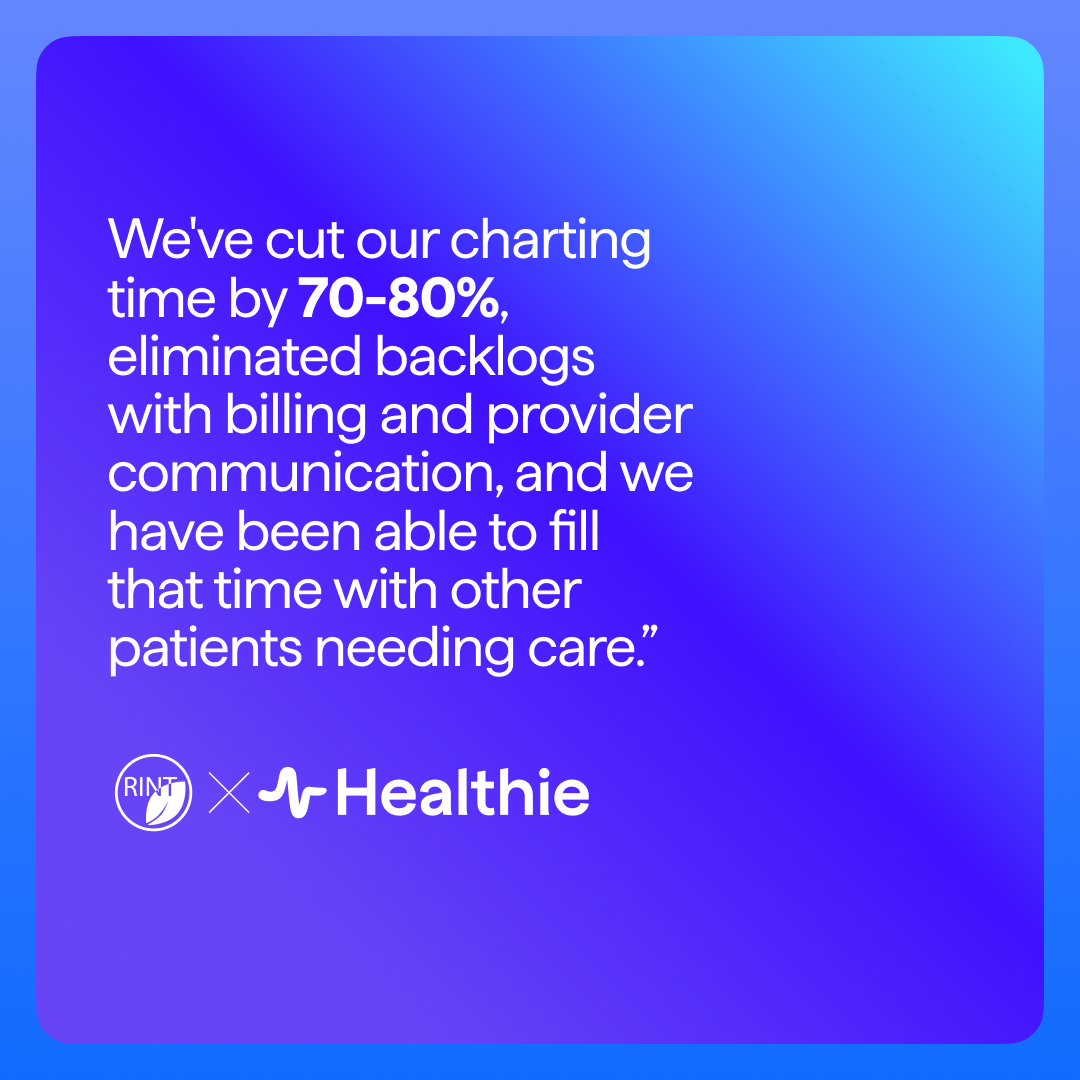

Identifying and collecting copays in private practice
Learn how to handle client copays at your private practice. In this blog, we go through what a copay is, what no copay means, and when copays should be collected.
If you’re accepting insurance in your private practice, understanding copays is one of the first pieces of the puzzle. Knowing when a copay, or copayment, applies, how much to collect, and how to make that process seamless helps you run a smoother, more sustainable business.
In this article, we’ll break down what you need to know about copays: what they are, how to find out if a client owes one, and the best ways to collect.
What is a copay, and how do you know if one applies?
A copay is a fixed amount a client pays for a covered health or wellness service, like a counseling or nutrition session. It’s set by the client’s insurance plan and is separate from coinsurance or deductibles. For many private practices, copays are one of the most common forms of client financial responsibility.
So how do you know if your client owes a copay? Start by looking at their insurance card. You’ll often see a specific dollar amount listed next to “specialist” or “office visit.” If you see $0, it likely means no copay is due, but that’s not always the case. Not all insurance cards include this information clearly.
To be sure, it’s best to verify benefits with the insurance provider before your client’s first session. This gives you a clear picture of what’s covered, whether a copay is required, and what your client’s financial responsibility might be. Taking the time to do this upfront helps avoid surprises for both you and your client.
What’s the difference between copays, coinsurance, and deductibles?
Understanding the difference between copays, coinsurance, and deductibles is key to helping your clients navigate their insurance and to making sure you get paid correctly.
- Copay: A set fee your client pays for each session, such as $20 or $40. This amount doesn’t change and is usually due at the time of service.
- Coinsurance: A percentage of the service cost your client is responsible for after their deductible is met. For example, a client might owe 20% of your session fee, and their insurance pays the remaining 80%.
- Deductible: The total amount a client must pay out-of-pocket before their insurance starts covering services. Until they hit this amount, they may be responsible for your full session fee.
Here’s how they all work together: If a client hasn’t met their deductible, they may owe the full session cost. If the deductible is met, they may owe only a copay or coinsurance. Once the out-of-pocket maximum is met, insurance typically covers 100% of eligible services for the rest of the year.
By verifying benefits before a client’s first appointment, you can confirm where they are in this process. That makes it easier to set the right expectations and avoid awkward billing surprises later on.
Why verifying insurance before appointments is best practice
Verifying a client’s insurance benefits before their first session is beneficial for the clinician-client relationship. It sets the tone for a transparent, professional relationship and helps prevent billing surprises that can affect both your cash flow and your client’s trust.
When you verify benefits in advance, you’ll know:
- Whether the client has active coverage
- If your services are in-network or out-of-network
- What the client owes (copay, coinsurance, deductible)
- If preauthorization or a referral is required
This gives you the information you need to talk confidently about costs and coverage. Also, it saves valuable time that could otherwise be spent trying to collect payments or dealing with rejected claims after the fact. Insurance can be verified manually through a payer portal or done automatically through your billing software. It’s a simple way to create a smoother experience for both you and your clients.
{{free-trial-signup}}
When and how to collect copays in private practice
Copay collection is a key part of running a financially healthy practice. With clear policies and the right tools in place, you can streamline the process and ensure consistent payment without creating extra friction for you or your clients.
Timing: When to collect a copay
There are three main options for when to collect a copay:
- Before the session: This ensures payment is received upfront and prevents delays. However, if the exact amount owed isn’t known until after insurance processes the claim, you may need to reconcile the difference afterward.
- Immediately after the session: This allows you to handle payment while the session is still top of mind for the client, but it could interrupt your workflow if you’re managing back-to-back appointments or running late.
- After insurance reimbursement: This method ensures total accuracy, however it delays payment and may require you to spend time following up and invoicing.
Choosing the right timing depends on your practice’s workflow and client base. Whichever method of payment collection you choose, it is best to be consistent and transparent.
Collection: Practical methods of receiving payments
There are a few primary ways to accept copays:
- Collecting at the time of service using cash, credit/debit card, or HSA/FSA card.
- Charging a card on file after the claim is processed and the client’s responsibility is confirmed.
- Sending a manual or automated invoice after the session or after insurance adjudication.
Many practices find that keeping a card on file and using billing software to automate charges significantly reduces administrative work and helps prevent missed payments. However, it is important to use intake forms that clearly explain this process and get the appropriate consent from clients.
How your EHR can streamline copay tracking
Managing copays manually can quickly become a drain on your time and energy. The right EHR can take a lot of that work off your plate by automating tracking, storing client billing details, and helping you stay on top of what’s owed.
Here’s how a well-equipped EHR, such as Healthie, can support copay collection:
- Insurance details stored on file: Automatically run insurance verification checks and access policy information quickly when questions arise.
- Copay amounts automatically flagged: Know what’s due before each session without digging through paperwork.
- Cards on file and secure payment processing: Easily charge for sessions with consent, whether before or after insurance reimbursement.
- Claim management tools (like CMS-1500 creation): Submit claims efficiently and reduce errors that lead to billing delays.
When your systems are set up to support you through automation, clear tracking, and flexible payment tools, copay collection becomes a routine part of your practice. With Healthie, clinicians can confidently manage their billing processes, knowing they have a platform that’s designed to simplify financial workflows and enhance the client experience.





